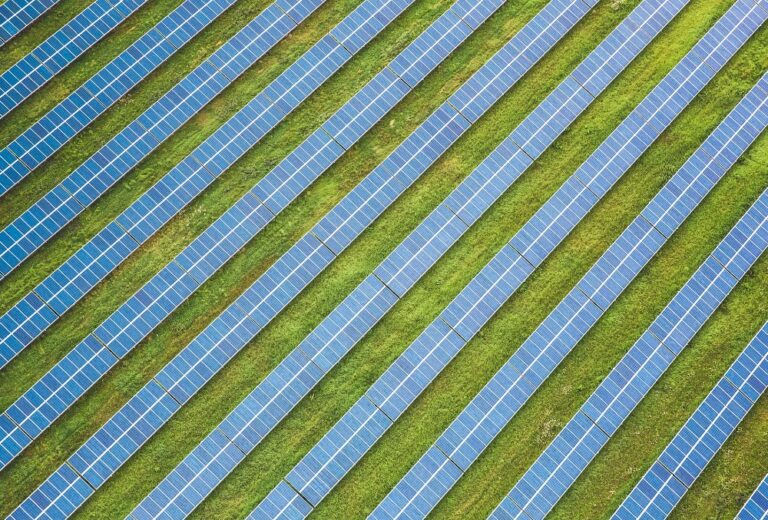A common framework of measures to promote energy efficiency in the Union to ensure energy efficiency targets are met and enables further improvements. On September 20, 2023, the European Official Journal gave the green light to the long-awaited Energy Efficiency Directive 2023/1791.
This measure, an integral part of the Fit for 55 package unveiled by the European Commission in July 2021, marks a major step forward in the EU regulatory landscape to promote and prioritize energy efficiency in all sectors of the European Union, both energy-related and energy-independent.
The leitmotif of this directive is clearly expressed in the slogan “Energy Efficiency First,” which is reflected in its 40 articles.
The directive will officially enter into force on October 10. And it will be up to the member states to adopt it into their national laws. It is crucial to understand the main innovations introduced compared to the previous directives on the subject, namely 2018/2002/EU and 2012/27/EU.
Table of Contents
Community target: the Energy Efficiency Directive
First, the Energy Efficiency Directive 2023 imposes a legally binding community target. Namely a reduction in the European Union’s final energy consumption by 11.7 percent by 2030 compared to the 2020 level.
In figures, this means that the Union must ensure that final energy consumption does not exceed 763 million tons of oil equivalent (Mtoe). To achieve this target, each member country must set its own national contribution.
However, this commitment is flexible and linked to objective criteria that take into account country-specific conditions. Such as climate conditions, GDP trends and the development of renewable energy sources. In the event that national efforts are insufficient to meet the EU target, the European Commission can apply a corrective mechanism.
The directive also defines new annual energy savings targets to be achieved cumulatively by each country. These targets are divided into three-year periods:
- From January 1, 2021 to December 31, 2023: 0.8% of the average annual final energy consumption realized in the three-year period preceding January 1, 2019.
- From January 1, 2024 to December 31, 2025: 1.3% of the average annual final energy consumption realized in the three-year period preceding January 1, 2019.
- From January 1, 2026 to December 31, 2027: 1.5% of the average annual final energy consumption realized in the three-year period preceding January 1, 2019.
- From January 1, 2028 to December 31, 2030: 1.9% of the average annual final energy consumption realized in the three-year period preceding January 1, 2019.
Energy Efficiency Directive binding on member states
At the national level, member states are required to take certain measures. They will, for example, have to ensure a 1.9 percent annual reduction in the total final energy consumption of public entities compared to 2021. Possibly excluding public transport and the armed forces.
They will also have to extend the building renovation obligation to 3 percent annually to all levels of public administration and promote the adoption of energy management systems or energy audits by companies.
One of the major innovations of the Energy Efficiency Directive 2023 is the introduction of specific obligations for data centers.
By May 15, 2024, and annually thereafter, member states will have to require owners and operators of data centers with an installed power demand of at least 500 kW to make public data such as energy consumption, power use, temperature parameters, and use of waste heat, water, and renewable energy. This data will be collected and published at the European level in a database.
Read also: Europe, new milestone on renewables: solar power outperforms coal
Energy poverty and efficient heating are cornerstones of the Energy Efficiency Directive
The new rules place a focus on vulnerable or energy-poor customers and social housing in member states’ energy-saving measures. In addition, each National Integrated Energy and Climate Plan (NIPEC) will have to include a comprehensive assessment of heating and cooling potential, identifying waste heat or cold systems.
Precise criteria have been defined for efficient heating systems. Which must use at least 50 percent renewable energy, 50 percent waste heat, 75 percent cogenerated heat, or 50 percent of a combination of these sources until December 31, 2027.
These percentages will gradually increase until January 1, 2045. Thus reaching at least 75 percent renewable energy, 75 percent waste heat, or 75 percent of a combination of renewable energy and waste heat.
The Energy Efficiency Directive 2023 is a major step toward a more sustainable energy future for the European Union. It imposes clear and binding targets, promotes monitoring of data center energy performance, protects vulnerable customers, and promotes more efficient heating and cooling solutions.
Now, it is up to member states to adopt and implement these important measures to contribute to the overall goal of reducing energy use and promoting a more sustainable future for all Europeans.
Read also: What is the European Green Deal, the ambitious project that aims to zero emissions by 2050












